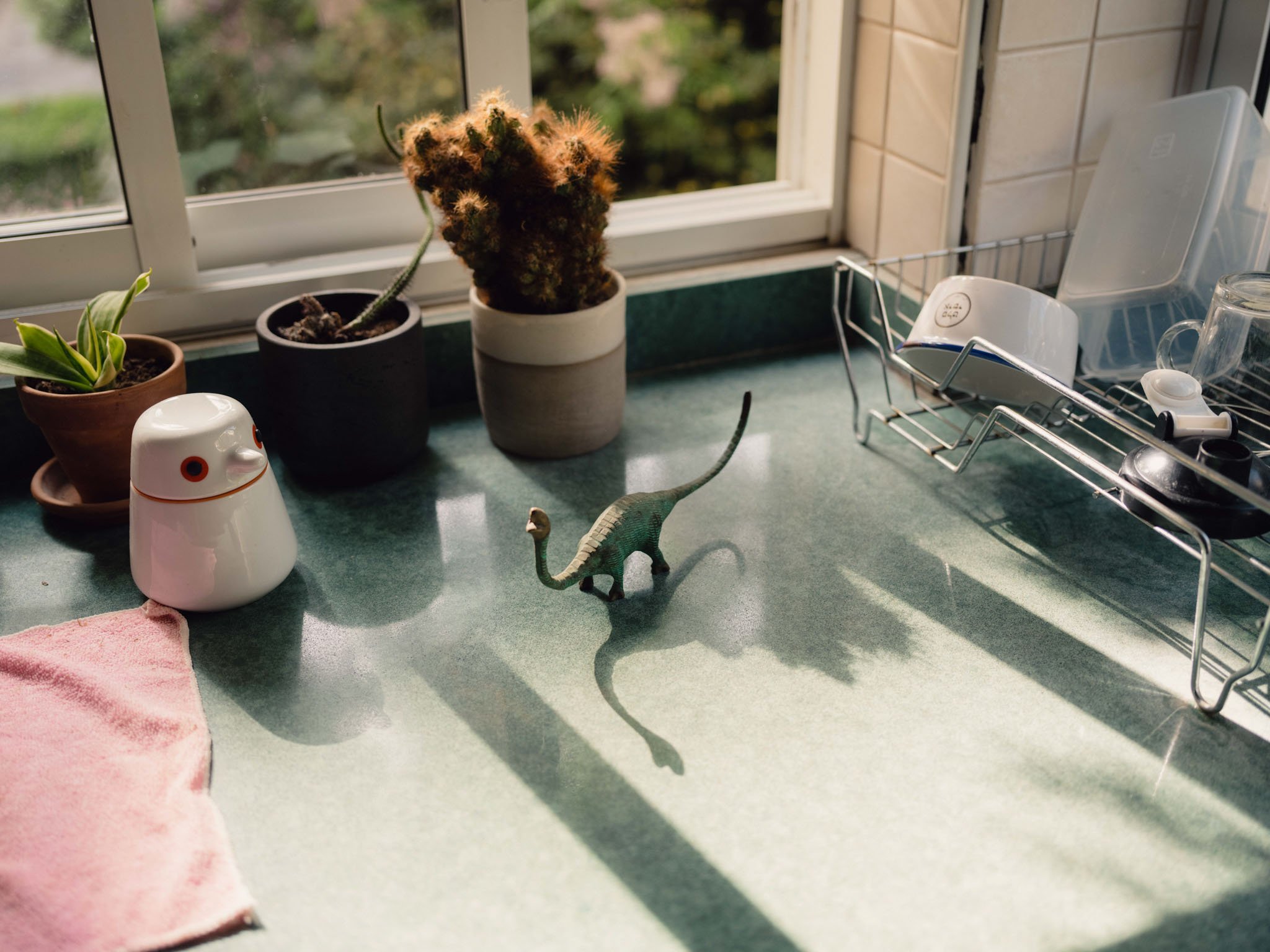Tell Me Where Your Freedom Lies
Fotómetro is a photography duo that consists of Rona Bar and Ofek Avshalom. Originally from Israel, today, the duo lives and creates between Tel Aviv and London. Working on themes of relationship and identity, they focus on researching human behavior in the personal space. We first spoke with Fotómetro about their project Us (2020-ongoing),
in which they encapsulate intimate moments of couples in their homes. In their new project, Tell Me Where Your Freedom Lies, the duo portrays their subjects while striving to bring light to their identities. The identities are discovered through portraits of people in their homes surrounded by personal objects, clothes, and home decor.
The duo speaks about the project, “We wanted to showcase different characters with different stories while making the invisible — visible.” The project is a year-long work that took place in Israel, focusing on non-models and their authentic experiences.
‘In our latest series, Tell Me Where Your Freedom Lies, we wanted to focus on our subjects' identities and their enduring search for self-expression. We mostly shot individuals, aiming to show their personal space.’
Tell Me Where Your Freedom Lies
What was the main idea that led you to work on this project when you compare it, for example, to your other work — Us? What were some of the unanswered questions you had that you wanted to work on from a different perspective?
The first trigger for our project Us was to explore the intimacy of couples in their personal spaces. When we started to work on the project, we became interested in exploring other things, such as diversity, gender, and identity.
In our latest series, Tell Me Where Your Freedom Lies, we wanted to focus on our subjects' identities and their enduring search for self-expression. We mostly shot individuals, aiming to show their personal space, when we found it relevant to the story, which we usually did. We wanted to showcase different characters with different stories while making the invisible — visible.
‘Our shooting is mostly inspired by the subject, their character, and their apartment. We always cast people that we're curious about them or their stories.’
The Subjects
Working without professional models might require extra time to gain the subject's trust and get to the central part of the narrative. The description of your images already includes a story, for example, ‘Milly in her room wearing her self-made clothes' or ‘Marina on her bed, the night before her breast cancer surgery.’ What is your approach to presenting the authentic personality and building a narrative in your projects?
When we have a new project in mind, one of the first things that usually inspires us is the question: which characters do we wish to portray? Our shooting is mostly inspired by the subject, their character, and their apartment. We always cast people that we're curious about them or their stories. So, we try to get whatever we can from the subject and the situation and then put it all together to create an image that best represents the story of our subject and also has our angle in it, showing our point of view.
‘It can be a tattoo, the outfit the subjects pick for the shooting, or the objects that inhabit their everyday surroundings — we believe that all choices we make contribute to forging the person we are, whether consciously or unconsciously.’
The Story
Sometimes there’s a story that you know you have to include as the central theme or the piece that will enable the rest to unfold. Which story touched you when working on this project and served this purpose?
There's one image, a photograph of Martina when she was 18 years old, next to a photograph of her sisters in the Netherlands that had a strong impact on us. We believe it shows the theme of this series beautifully. It can be a tattoo, the outfit the subjects pick for the shooting, or the objects that inhabit their everyday surroundings — we believe that all choices we make contribute to forging the person we are, whether consciously or unconsciously.
The Space and The Person
You add emphasis to working with subjects in their personal space, at their homes, which comes as an integral part of presenting the characters by adding additional angles of their life. In what way do you think space allows the person to display more of their layers before the camera?
We feel that capturing the subjects in their own clothes and spaces brings a glimpse of their inside and tells their story differently, both visually and metaphorically.










